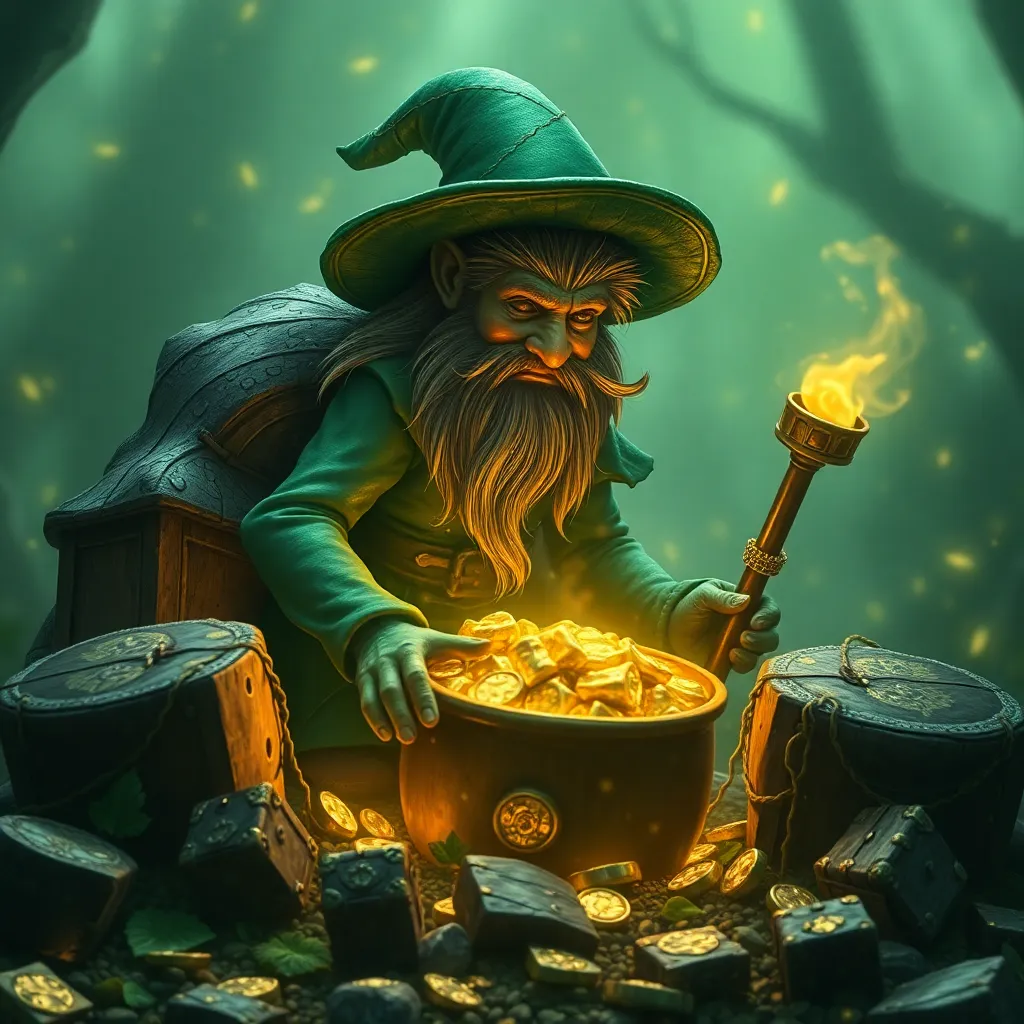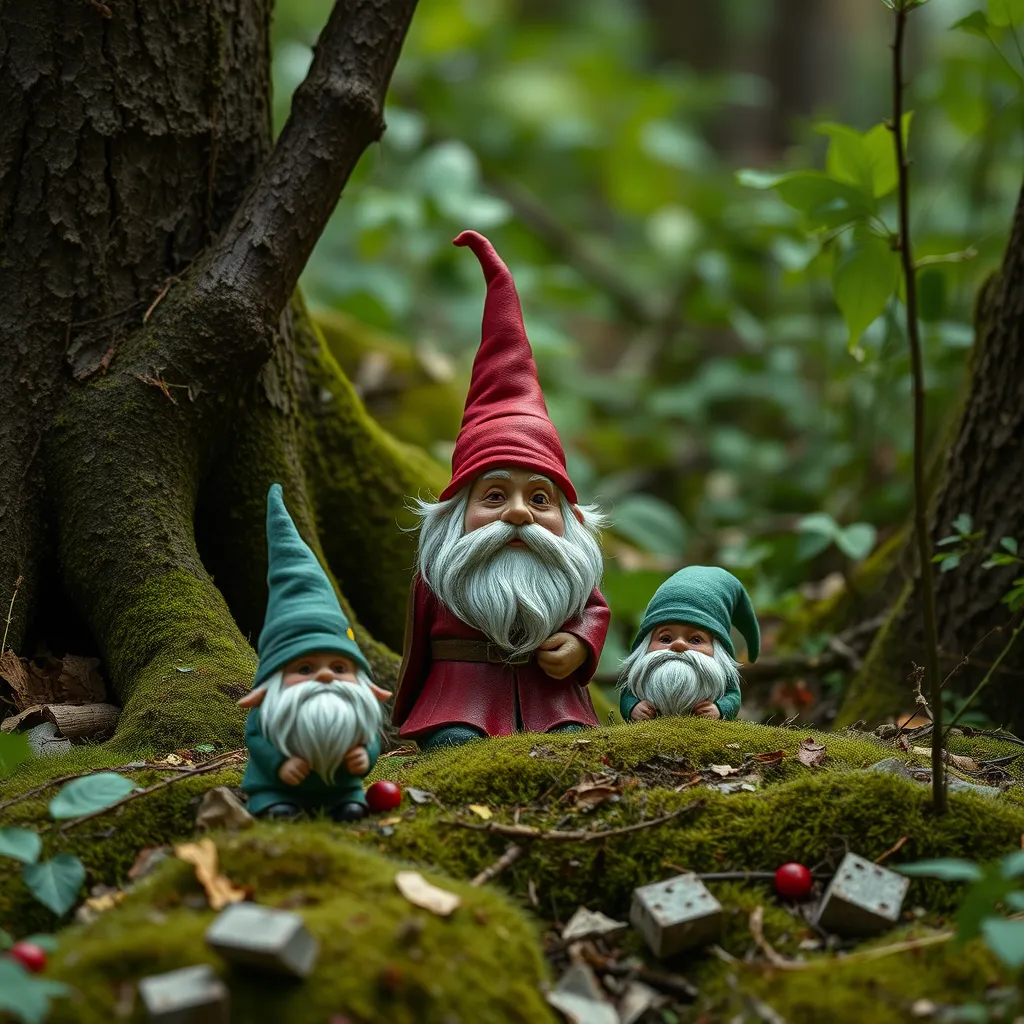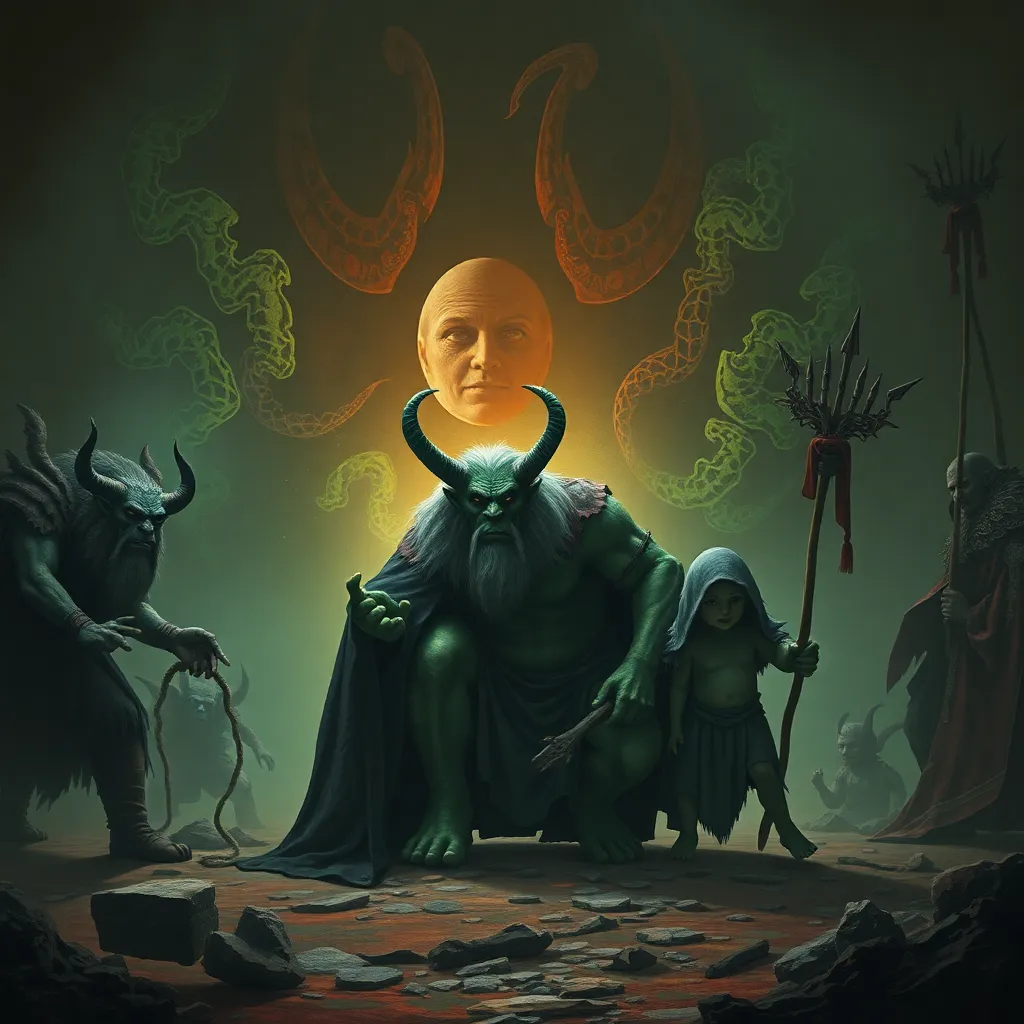The Leprechaun’s Gold: Tales of Treasure and Trickery in Irish Folklore
I. Introduction
Leprechauns are one of the most recognizable figures in Irish mythology, often depicted as small, bearded men dressed in green coats and buckled shoes. These mischievous fairies are not just whimsical characters; they represent a rich tapestry of stories and traditions that have evolved over centuries in Ireland.
The significance of gold and treasure in folklore cannot be overstated. Gold symbolizes wealth, prosperity, and sometimes, the pursuit of happiness. In the tales surrounding leprechauns, treasure is often central to the narrative, representing both a reward and a challenge. This article aims to explore the origins of leprechaun legends, the allure of their gold, tales of their trickery, and their impact on both culture and popular media.
II. The Origins of Leprechaun Legends
The origins of leprechaun legends can be traced back to ancient Irish folklore, where they were thought to be solitary fairies. Historical records suggest that the name ‘leprechaun’ may derive from the Irish term ‘luchorpán’, meaning ‘small body’.
Over time, the leprechaun character has evolved significantly. Initially portrayed as a more serious figure, the leprechaun gradually became associated with mischief and trickery during the 19th century. This change reflects broader societal shifts in how folklore was narrated and consumed.
Additionally, leprechauns are often connected to ancient Irish beliefs and deities. They embody the spirits of the earth and are believed to guard hidden treasures, often linked to the Tuatha Dé Danann, the mythic race of god-like figures in Irish mythology.
III. The Allure of Leprechaun’s Gold
Gold holds a prominent place in Irish culture, representing not only material wealth but also the richness of life experiences and connections. In many folklore tales, leprechauns are said to hide their pots of gold at the end of a rainbow, a place where wealth seems unattainable yet tantalizingly close.
The lure of wealth and fortune is a common theme in many folk tales. Leprechaun gold often symbolizes the desire for prosperity, but it also serves as a cautionary tale about greed. The quest for this treasure can lead to both fortune and folly, highlighting the dual nature of wealth in human experience.
Variations in treasure legends abound, with different regions of Ireland having their own unique takes on leprechaun gold. Some tales emphasize the generosity of leprechauns, while others focus on the consequences of trying to seize their treasures.
IV. Tales of Trickery: The Nature of the Leprechaun
Leprechauns are characterized by their cunning and mischievous behavior. They are known for their quick wit and ability to outsmart those who seek their gold. This trickster nature is a defining aspect of their personality and is reflected in many stories.
- One famous tale involves a man who captures a leprechaun in hopes of securing his treasure. The leprechaun tricks him into believing he can find his gold, only to escape and leave the man empty-handed.
- In another story, a traveler is led on a wild chase by a leprechaun, only to discover that the treasure he sought was a mere illusion.
These stories often carry moral lessons, warning against greed and the folly of trying to outsmart those who are wiser. They reflect the complexities of human nature and the inherent risks of pursuing wealth without caution.
V. The Quest for the Leprechaun’s Gold
The quest for leprechaun gold is a common narrative thread in folklore, often marked by themes of adventure, courage, and the search for fortune. Characters in these tales face various challenges and trials, testing their resolve and intentions.
- Many seekers of leprechaun gold encounter obstacles such as riddles, illusions, and other magical barriers that protect the treasure.
- Some tales depict the transformation of the seeker, where the pursuit of gold leads to personal growth or enlightenment.
Notable quests for leprechaun treasure have been documented in both historical accounts and contemporary stories, reflecting an enduring fascination with the idea of hidden wealth just beyond reach.
VI. Cultural Impact of Leprechaun Folklore
The cultural impact of leprechaun folklore is significant, influencing literature, art, and media throughout the ages. Leprechauns have been portrayed in various forms, from traditional Irish ballads to modern children’s stories.
They have also played a crucial role in shaping Irish identity and cultural heritage. As symbols of Ireland, leprechauns embody a blend of humor and wisdom, reflecting the spirit of the Irish people.
Modern adaptations and interpretations of leprechaun tales continue to thrive, with new stories emerging that resonate with contemporary audiences while honoring traditional roots.
VII. The Leprechaun in Popular Culture
Leprechauns have made their mark in popular culture, especially in films and television. They are often depicted as whimsical characters, sometimes with a humorous twist, appealing to audiences of all ages.
- Movies such as “Leprechaun” and animated features like “The Secret of Kells” showcase the leprechaun’s dual nature of mischief and charm.
- Television shows often include leprechauns as magical beings that bring both luck and chaos into the lives of characters.
The commercialization of leprechaun folklore has also influenced tourism in Ireland, with attractions themed around leprechauns drawing visitors eager to learn about these mythical beings. However, this commercialization raises questions about the balance between preserving tradition and adapting to modern tastes.
VIII. Conclusion
The tales of leprechauns and their gold are an essential part of Irish folklore, rich with themes of treasure and trickery. They serve not only as entertaining stories but also as reflections on human nature, greed, and the pursuit of happiness.
The enduring appeal of these legends invites readers to delve deeper into Irish folklore, exploring the myriad stories that continue to captivate hearts and minds across the globe. Whether through traditional tales or modern interpretations, the legacy of leprechauns remains a vibrant part of cultural storytelling.



